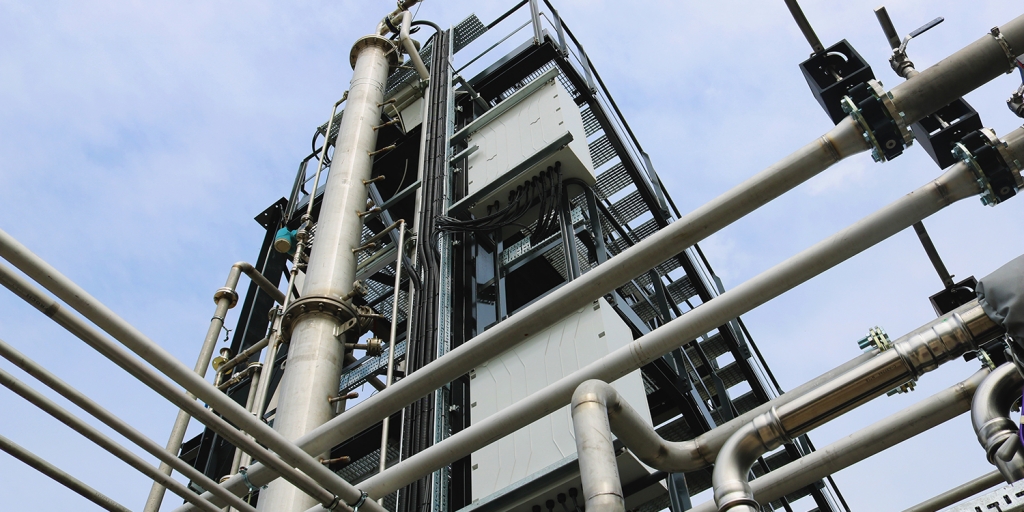Decarbonising our world

Removing carbon from our atmosphere, whilst maintaining essential industrial processes, such as power generation and manufacturing, requires innovative solutions which work practically and economically, as well as successfully. Many such solutions have been proposed, but understanding their mechanisms in detail requires intense research and accurate demonstrations.
These include:
- Retrofitting carbon capture into power stations and integrating capture plants into new builds (or at least ensuring these are capture-ready) regardless of the type of fuel
- Fuel switching from high carbon-intensity fuels, such as coal, to those with much lower net CO2 emissions
- Utilising wastes and by-products as fuels, to minimise landfilling and the need for carbon-intensive fuels.
One of our key research focuses is low-carbon fuels – ranging from virgin and treated biomasses, biofuels and biowaste-derived materials, to sustainable aviation fuels. Through combining these with various carbon capture techniques, we have the ability to research net-zero or even net-negative technology combinations.
Our facility has the capability to test via different thermal treatments a wide variety of solid, liquid and gaseous fuels, and to conduct comprehensive process and emissions monitoring. Extensive fuel testing and system optimisations enable the improvement of both the combustion and capture plants, in terms of emissions, efficiency, performance, etc., and the enhanced integration of these systems, and in turn inform process intensification.
Research conducted at the Translational Energy Research Centre can enable the development of this vital sector; and we can consequently advise policy and strategy makers and those in charge of funding such low-carbon, green developments.
Specific areas of interest
- Coupling power generation systems with on-site carbon capture options
- Innovative and advanced gas turbine cycles, including switching to H2-/biogas-fired engines
- Thermal power engineering
- High-efficiency power conversion cycle using carbon dioxide as a working fluid
- Pollutant monitoring and minimization, including those in gaseous, particulate and aerosol form
- Bottom/fly ash collection and analysis, including element partitioning
- Waste heat and energy recovery (and potential integration with district heating)




